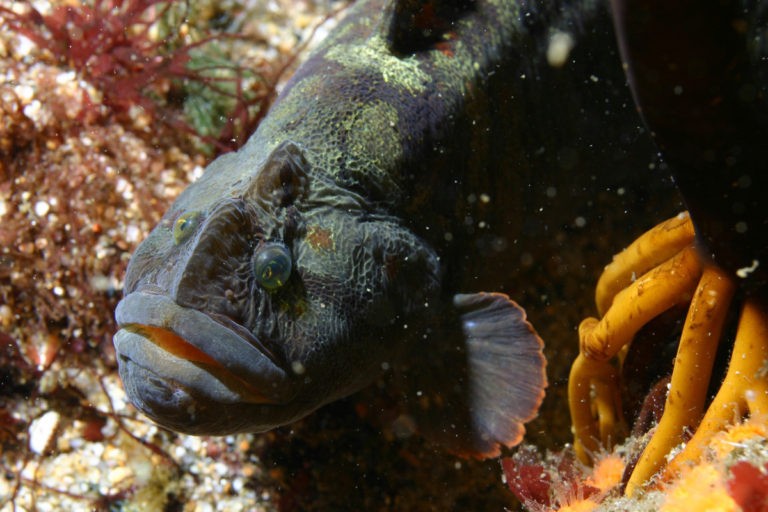
Biologists from the University of California, Irvine, has recently released a study of an unusual-looking fish named Monkeyface Prickleback that can probably solve the world's climate change with its uncommon diet yet more delicious taste than other fishes.
Biologists recommend eating this fish to fight against World Climate Change
If you've been to oceans, you would know that there a lot of weird-looking fishes and creatures that can be seen underwater. One example of this weird fish is this scientifically called Cebidichthys violaceus or most commonly known as Monkeyface Prickleback.
Monkeyface Prickleback is a vegetarian fish that has "bluntly rounded snout, large fleshy lips and two black lines that radiate from behind their eyes." Interestingly, this fish can survive out of the water for approximately 35 hours and do not move a lot compared to other fishes with its estimated traveling of more than 15 feet (4.6 m) from their home.
According to the study published in Proceedings of the Royal Society B., the biologists are studying this new fish and already declared it as the "new white meat" that humans can digest and enjoy eating.
This fish was said to "offer new possibilities for humans to obtain dietary protein as climate change imperils traditional sources."
With the non-stop issue of world climate change, biologists promote this fish, which can be the next source of food since Monkeyface Prickleback also has an unusual diet routine, which helps it to be the best fish alternative for staple food around the world.
Monkeyface Prickleback has the same digestive system as humans
Biologists also found out that Monkeyface Prickleback has the same digestive structure, just like human beings with its acidic stomach and small and large intestines. It was also mentioned that this fish belongs to the small percentage of vegetarian fishes as compared to the 30,000 fishes across oceans.
"We found that the monkeyface prickleback's digestive system is excellent at breaking down starch, which we anticipated," said German. "But we also learned it has adapted to be very efficient at breaking down lipids, even though lipids comprise just five percent of the algae's composition. It is a compelling example of what we call 'digestive specialization' in the genome."
How can these fish help on climate change
Since the fish is living on eating plants or algae, the food costs of Monkeyface Prickleback only costs lower compared to other livestock food that humans usually eat.
"Using plant-based food ingredients reduces pollution and costs less," said researcher Joseph Heras, the paper's first author. "However, most aquaculture fish are carnivores and can't handle plant lipids. Sequencing this genome has provided us a better understanding of what types of genes are necessary for breaking down plant material. If we scan additional fish genomes, we may find omnivorous fish with the right genes that could provide new candidates for sustainable aquaculture."
If you're worried about what it tastes like, it was said to be "tastes actually delicate and mild." So, no worries!
![Apple Watch Series 10 [GPS 42mm]](https://d.techtimes.com/en/full/453899/apple-watch-series-10-gps-42mm.jpg?w=184&h=103&f=9fb3c2ea2db928c663d1d2eadbcb3e52)



